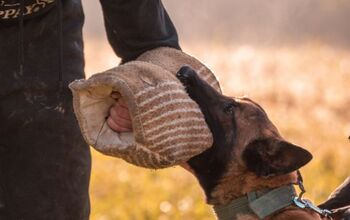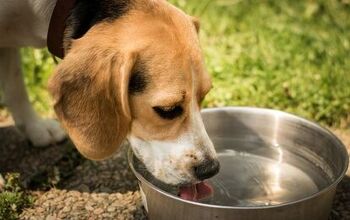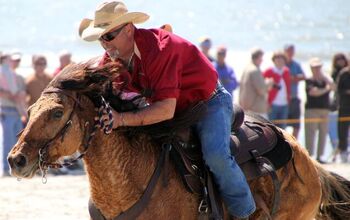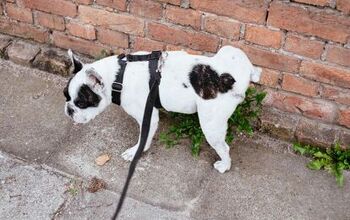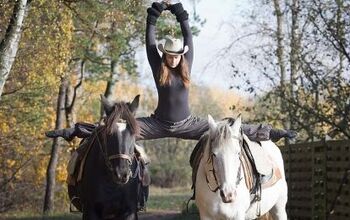Why Throwing Sticks for Your Dog Could Be Dangerous
Playing fetch with your dog is an age-old pastime that has brought joy to thousands of dog parents over the years. From throwing dog toys and frisbees to tennis balls and sticks, few activities are as closely associated with our canine companions. But many dog owners are unaware of the risks related to stick throwing. It may seem like a harmless game, but throwing sticks for your dog could lead to horrific or even life-threatening injuries. Stick-related injuries are surprisingly common, according to veterinarians and veterinary surgeons. While experts agree that playing with your dog is essential as a bonding opportunity and a source of physical exercise, they warn that you should swap out the stick for a dog-safe toy. Types of Stick Injuries in Dogs The first step to keeping our dogs safe is to recognize the risks so that we can take steps to avoid them. Unfortunately, stick injuries can come in several different forms, including: Injuries While Catching: If your dog can get ahead of the stick and catch it while it’s still in motion, there is always the risk that they will connect with it on the end instead of safely on the side. This can lead to sticks becoming lodged in their throat. Slivers or Splinters: Small pieces of wood can become lodged in your dog’s mouth or between their teeth. Not only are these small pieces of wood painful, but they may also lead to ongoing infections. If a wood splinter is eaten, it may cause a puncture, internal bleeding, or other damage to the digestive tract. Cut or Scrapes: As your dog catches or attempts to pick up the stick, there is a chance that they may suffer cuts or scrapes around the mouth, especially if the stick has sharp edges. Impalement: If your dog runs into a stick, there is the possibility that they may be impaled. This often occurs in the chest or throat, raising the risk of organ damage and significant blood loss. Impalement can also happen if a dog jumps to catch a stick and then lands on it. Choking Hazard: When your dog is chewing on a stick, they will often swallow small pieces of wood and bark that come off. These pieces pose a choking hazard. Intestinal Blockage: If swallowed without incident, those same pieces can still cause trouble later in the digestive process. They may lead to a blockage in the stomach or intestines, a potentially fatal condition.


